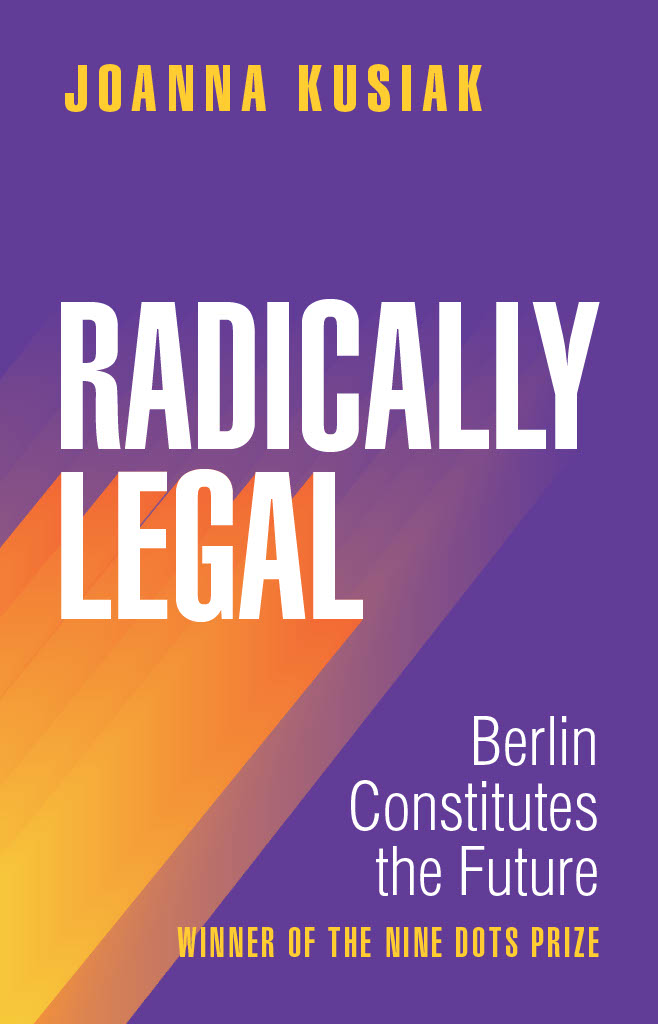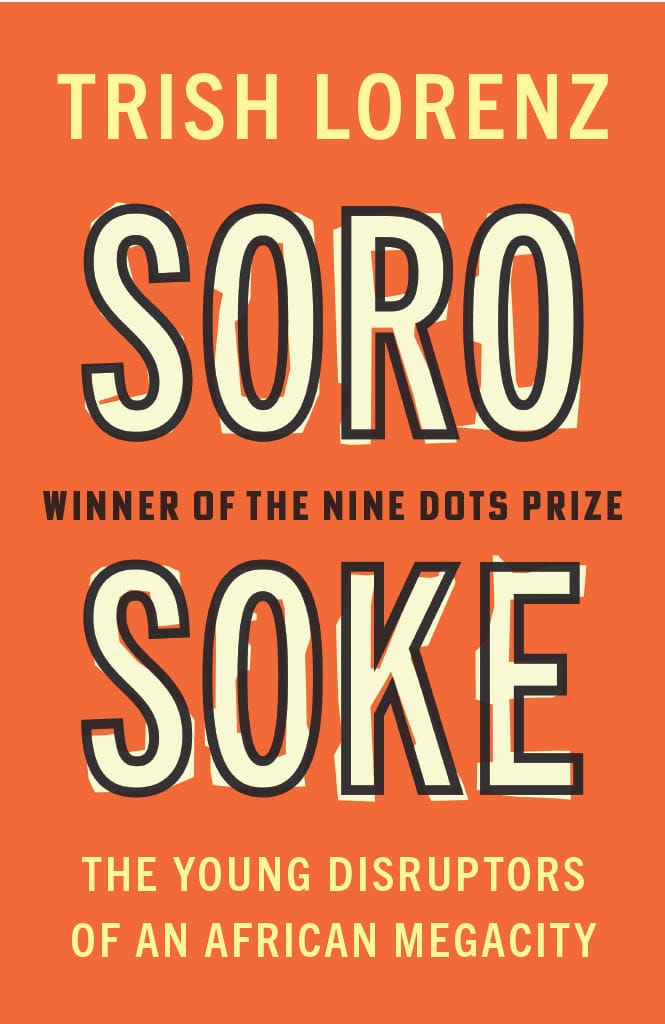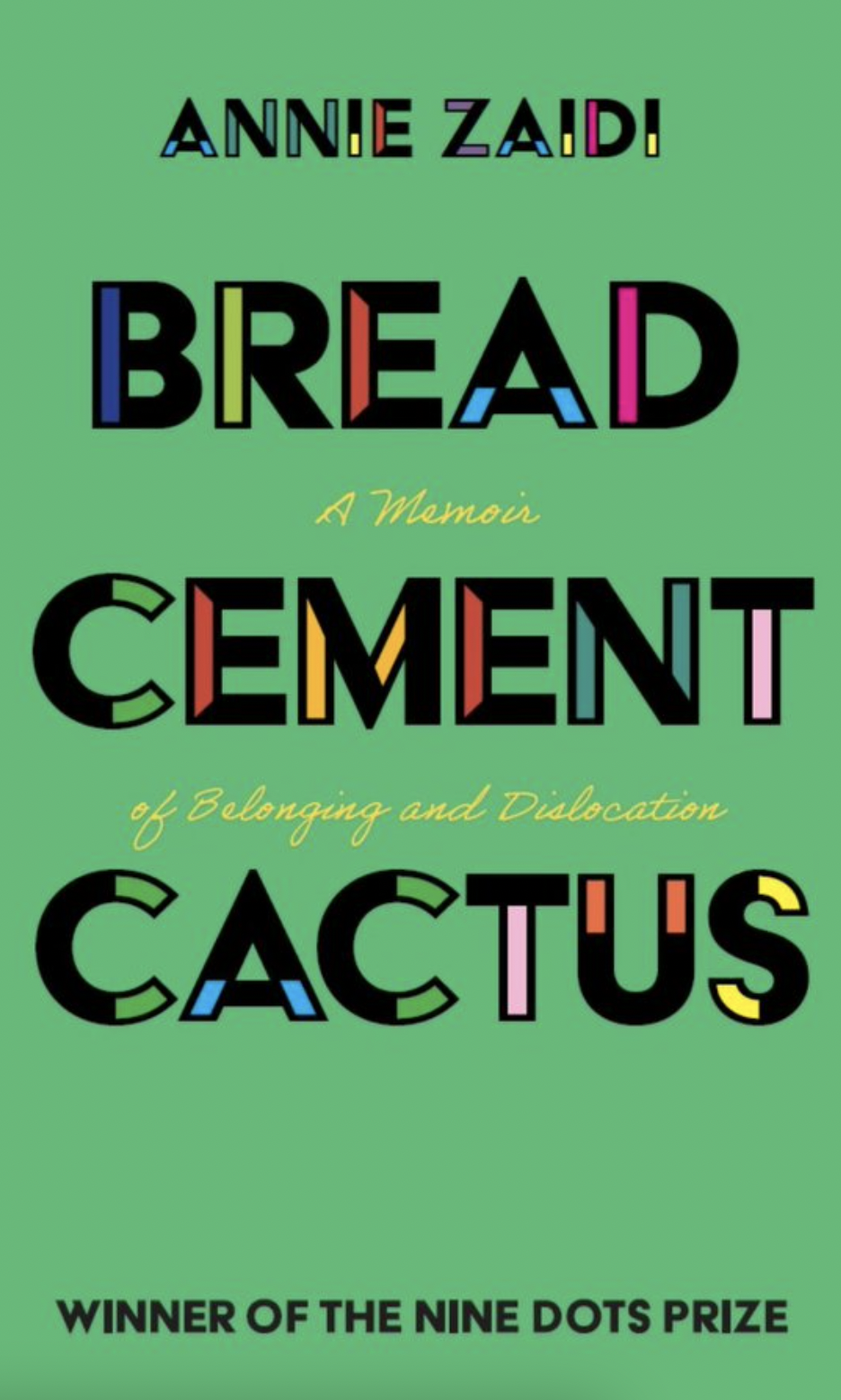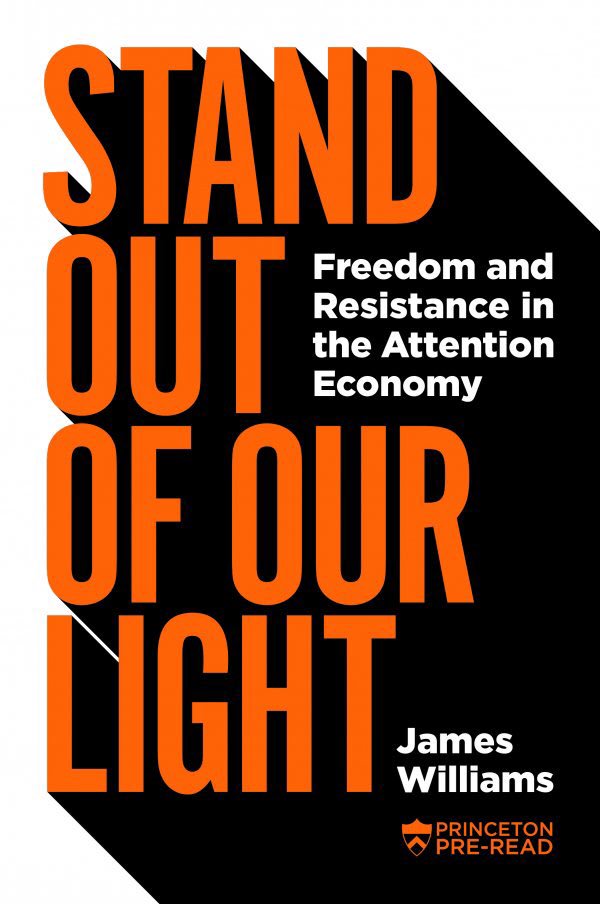Transcript of Nine Dots Prize podcast 3: Small to Big Picture
2 November, 2020
Jane Tinkler (Nine Dots Prize)
Hello, and welcome to this podcast for anyone considering applying for the Nine Dots Prize. I’m Jane Tinkler, Senior Manager for the Prize, and we’re looking for entries that will really stand out and engage readers.
So, we’ve asked three successful writers to share some of their ideas, experience and advice.
In this podcast we’ll be exploring one of the challenges in any piece of writing – how to balance small details with the broad sweep of the main theme and message.
Petina Gappah
A small detail brings something to life – I think it creates for the reader a sense of immersion – knowing what people ate, how people sounded, the kind of beds they slept on.
Tim Harford
The ideal is to use the little telling detail to stand in for something much bigger.
Helen Lewis
Real people are more unexpected and weird than stock characters and the more you can drill down to that specificity, the better story you’re telling.
Jane
Let’s begin by meeting our writers…
Petina
My name is Petina Gappah – I’m an international trade lawyer from Zimbabwe. I’m also a writer and so far, I have written two novels, I have written two collections of short stories, I have written three plays and I am just now completing what I hope will be my first ever essay collection. So, I’m very interested in talking about non-fiction and in sharing how the tools that I use in my fiction can also work in writing non-fiction books.
Tim
My name is Tim Harford – I’m sometimes called The Undercover Economist. I write a column for the Financial Times, I present ‘More or Less’ on BBC Radio 4 and a story telling podcast, called ‘Cautionary Tales.’ And I’ve written nine books, the most recent of which is ‘How To Make the World Add Up’ – just between you and me, we’re having this conversation on the 17th of September, and it’s publication day, so I’m pretty excited, to be honest.
Helen
Hi – I’m Helen Lewis, I’m a staff writer on The Atlantic and the author of ‘Difficult Women – A History of Feminism in Eleven Fights.’ I’d wanted to write a book about feminism, having written about it for about a decade now. But it’s obviously quite a large subject to address, so I needed to find a way in. And that’s when the idea of doing it in fights seemed to appeal – looking at what made these women achieve what they did, and actually not rubbing all the hard edges off them – you know, trying to present them as full and complex actors rather than as kind of saints in a stained-glass window.
Jane
All of our writers use specific techniques to engage their readers and draw them into the story. Let’s find out more about how they do this.
Petina
I think the best way of balancing small details and the big picture is to use the small details to draw out the big picture. I love those stories where we’re talking about something at a very broad level, but then we sort of like zoom in on the particulars.
It’s easier for me I think to illustrate the how by showing you an example. So, if I may I’m just going to read a small paragraph from an essay that I wrote about the effects of the Berlin Conference. Because my argument was that Europe’s past is Africa’s present. So, I wanted to put the reader in the room in Berlin in 1884, where these men, led by Bismarck, divided up a continent.
Petina reading from ‘Journeying with the Forgotten and Resurrecting the Dead: Stories from the European Past and the African Present’
Where no natural boundaries existed, the men in Berlin drew precise borders determined by geographical co-ordinates. Thus, in a dispute between France and Italy, they agreed that Italy was to own the land that lies North of a line from the intersection of the Tropic of Cancer and the 17th Meridian to the intersection of the 15th Parallel and 21st Meridian. They acted as though Africa was one, borderless land. They ignored the various city states, kingdoms and yes, empires that existed in what they called Darkest Africa. Families and nations were torn asunder, villages divided. Instead came oddities, like those straight lines in North Africa and Namibia, the creation of a teeming populous state called Nigeria and another, the Belgian Congo, made up of different nations and city states. And the insertion into French speaking Senegal, of an English-speaking sliver of land in the form of an entity called The Gambia.
Petina
If I had been writing this as a straight piece, it would have been about, this fact happened, fifteen powers met in Berlin, in 1884. But what I wanted was for the reader to actually feel the monstrosity of what was actually done. They treated Africa as though it was land that belonged to no-one. So by putting in the detail of the straight lines, you really understand that it was a total carving up of something on a map, and not something where real people with real flesh and blood, people who loved, who worked, who lived, who died, who buried each other, who had their own languages, lived. By bringing in those details, and especially I just love the detail of sort of like Gambia suddenly becoming a separate state from Senegal – so in that respect really the families and villages were completely divided up. So that’s really what I was trying to do, showing the larger story of what happened in Berlin in 1884 and how it is going to, and continues to affect Africans today.
Tim
One of the stories I tell very early on in the book is about Austin Bradford Hill and Richard Doll, who were two British epidemiologists, who are I think well known in nerd land, which is where I hang out, for providing some of the first compelling evidence that smoking cigarettes dramatically increases your risk of lung cancer. So I begin with the detail that they began work on New Year’s Day, 1948. It’s partly just – it gives you a time and a place, right – when was this happening? Was it 1952, was it 1980, was it 1066? I mean, you’ve got to give a date. But it says something else, doesn’t it? It suggests a certain kind of work ethic, a certain sort of neatness. On New Year’s Day wouldn’t we normally expect people to be taking the day off and enjoying a holiday? So there’s that little hint of a detail there without bogging the reader down, or the narrative down.
Helen
My first tip would be to make sure that whenever you introduce a person in your writing you make sure that you give a sense of who they are. When I first introduce Constance Lytton, Lady Constance Lytton, who was, you know, the highest, most aristocratic member of the suffragettes, you see her through the eyes of Annie Kenney, who was her great friend and colleague, who was a working class woman, she was a former mill girl. And she talks about her aristocratic bearing, and talks about the fact that she kind of wafts in in sort of trails of silk scarves. And you see in the difference between their clothing, both the class difference between them and the kind of person that you think Constance Lytton is – slightly kind of ethereal, slightly otherworldly. Just all of those things that you soak up, those are the little details that will give your story vivacity and life and help you illuminate the broader themes that you want to do.
Jane
And of course lively details – perhaps even a bit of a story – can be particularly useful if your subject matter is quite abstract – maybe even a little daunting for some readers.
Tim
One of the things I’m trying to do in ‘How To Make the World Add Up’ is to get people to engage with statistics in a grown up way. Not to be afraid of statistics, to be empowered about the way they think about numbers. Of course one of the ways that one can get people interested in complex or abstract ideas, is through story telling …
Tim reading from How to Make the World Add Up: Ten Rules for Thinking Differently About Numbers
Monday the 9th of October, 1974. The place? Washington DC – near the picturesque tidal basin. A quiet, leafy, sanctuary, not far from the White House. The time? Two o’clock in the morning. A car is weaving around in the darkness, at speed with its headlights off. The police pull the car over – at which point a flamboyantly dressed woman with two black eyes jumps out of the passenger side, runs down the road, yelling alternately in English and Spanish and jumps into the water. The police pull her out, and she tries to jump in again. At which point they handcuff her. At the wheel is an elderly fellow with broken glasses and minor cuts to his face. He is steaming drunk. Just another night in DC perhaps. Except the woman – Annabelle Battistella – was better known as Fanne Foxe, the Argentine Firecracker, an erotic dancer at the Silver Slipper nightclub. And the man was one of the most powerful men in the United States, Wilbur Mills, an Arkansas congressman since the 1930s who, as the long serving chair of the House Ways and Means Committee, effectively had veto power over most legislation.
Jane
Well you’ve got our attention now Tim…. But what has this got to do with statistics?
Tim
It’s a cheap trick, it’s a hook to get people thinking about official statistics. What happened as the side effect of Wilbur Mills and Fanne Foxe being caught by the police, was there was a reshuffle in Washington, the result of which was a remarkable economist called Alice Rivlin, being put in charge of a new office called the Congressional Budget Office. And from that point I’m able to talk about what the Congressional Budget Office did, and still does, why it was so important, how it really improved the quality of governance in the United States and from there build out to why official statistics matter, how they help governments make better decisions.
Jane
And another way for a writer to engage the reader is to include personal information and their own responses to what’s happening.
Helen
So this is a section from the chapter on education where I talk about Sophia Jex-Blake, who was one of the first women to go to medical school and join a university in Britain in 1870, which she did in Edinburgh. And so I visited Edinburgh to see Surgeon’s Hall and I ended up in the pathology museum, not long after lunch. And once I’d finished looking at the exhibits that were about Sophia Jex-Blake, I found something else.
Helen reading from Difficult Women: A History of Feminism Through 11 Fights
On my way out of the pathology museum, I stopped to look at a small skeleton hanging by the exit. It dates back to 1800 and belonged, according to the caption, to a woman with osteomalacia, a softening of the bones caused by vitamin D deficiency. The starkness with which the caption set out the known facts was like a punch to the stomach. The bone disorder affected the woman’s pelvis, and she became pregnant six times, losing every baby. ‘During her seventh pregnancy, doctors confined her to bed,’ it noted. She consulted the surgeon John Bell, who made an incision into her womb to deliver the baby. ‘The child survived but unfortunately she died twenty minutes later from blood loss.’ The skeleton was sold to the medical college in 1825.
I looked up again at the tiny, childlike figure. Who was having sex with this woman, despite knowing that pregnancy could kill her? Did she feel obliged to keep trying for a baby because of the society she lived in? When the doctors advised her to stay in bed during her seventh pregnancy, did they not realise – or not care – that the miscarriages were her body’s way of saying ‘I can’t do this?’ Did they choose the baby’s life over hers?
And then, the eternal question of women’s history. Thanks to Edinburgh University’s record keeping, I knew that the surgeon who operated on her was called John Bell. His contribution to medicine is written into eternity. But … what was her name?
I walked out into the August sunshine thinking: this is it, this is the lesson. Medicine cannot be something that is done to women. It has to be done by them, too.
Helen
I was conflicted about bringing my personal reactions into the book because it has become a bit of a cliché of women’s writing, that women are encouraged to write about themselves. But at the same time I knew that this was a personal story and feminism is often a personal project as much as a political one. And I wanted to make connections with readers myself. So the book starts with me writing about my divorce, because it was an important part of my life. And that’s something that you can do in writing – is forge a connection, a quiet, secret connection between you and the reader, saying, “This is an experience that I’ve had, have you had something similar? Or if not the exact same one, have you ever felt that way?”
Jane
So to sum up, details can illuminate your theme and help to make complex material more accessible.
But is there a danger that too many details simply distract your reader from the broad sweep of your story and your argument? There’s no doubt it’s a difficult balance – Tim can tell us more.
Tim
The reason I think this is an interesting challenge is because as readers we really respond to details. A piece of writing that is shorn of description, of what a place smells like, what a person looks like, the telling anecdote – we all respond to that, and they stick in our minds. But the challenge for the writer is, it’s very, very easy to just overlay everything – I mean you could call it Christmas tree writing, if you like. The whole Christmas tree is weighed down with all of these different ornaments – everything you can put on – and it just slows everything down. And in the end the big point that you’re trying to make gets lost, because every detail has been considered. So it’s a balancing act and I think it’s more easily done in the edit than while you’re writing the first draft.
Jane
And as Petina explains, don’t feel you have to include everything you’ve discovered whilst researching your book.
Petina
There is a danger that you could have too much detail and not enough big picture. I spent twenty years researching a single book. It’s my most recent novel, David Livingstone’s journey, as narrated by his African companions. And it’s called ‘Out of Darkness, Shining Light. So I spent more than twenty years reading everything I could. Reading all of David Livingstone’s letters in the National Library of Scotland. I travelled the world looking for these companions, from the village in Chitambo in Zambia where Livingstone died to Bagamoyo in Tanzania. There were times I felt personally that I was getting so caught up in the glory of my own research that I sometimes forgot that I was actually just writing the story of these men and not the story of the entire history of Victorian exploration in Africa. It’s so tempting to want to show all the knowledge you’ve gained. But then you sometimes forget that there is a bigger story, there is a bigger narrative arc, there is a bigger picture that you want to draw.
Jane
Be careful then not to get carried away with the colourful details.
But if you concentrate on a particular situation, might that mean your writing won’t relate to a wider context?
Helen doesn’t think so.
Helen
It’s a total red herring to think that the more detailed and precise you are the more you’re narrowing your scope. Hamlet is a very specific play about, you know, a Nordic royal family. But what it does is explore universal themes of doubt, and depression. And actually it does that much better by grounding it in specifics, grounding it in a family that you can recognise. And I don’t think you should ever be too worried about being too specific and thinking that people can’t make the jump themselves – you know you don’t need to nanny your readers.
Jane
Once you’ve got the balance between your broad themes and the distinctive details which will bring them to life for your reader, the next challenge is to think about how you’re going to scale up your idea to a full-length book.
What advice can our writers give to people who are planning to enter the Prize?
Petina
I think that they need to demonstrate firstly that the idea can be sustained over sort of book length form. So it needs to be a strong idea, for example with multiple strands to it. I’ll give you an example of a wonderful book by Pietra Rivoli. She takes a simple idea – how does a t-shirt get from the cotton fields to the high street? It could have started off as a small piece of maybe 5,000 words. But the different components involved in the global economy that allow that t-shirt to get from field to shop is then what allows her to flesh out. So for instance in the cotton field, she talks about agricultural policy, she talks about export subsidies, she talks about all these aspects of agriculture. It’s an extraordinary book and it’s such a simple idea, easily expressed in about four, five pages, but it becomes something really quite extraordinary in the hands of a gifted story teller.
Helen
The main challenge from developing an idea to full book length, is structure. You can’t rely on one great idea and then I’m going to sit down and I’m just going to write until I run out of words or thoughts. You have to actually put your tent pegs in the ground before you start building the structure on top of them. Look again at drama – which is all about structure. We have certain ideas about what we expect when we watch a film or a play about when things will happen – when the big reverse will happen – when the low point will come – what the ending will feel like, when that’s satisfying. And you should follow exactly the same premise with a book. So you’re building an argument brick by brick and every chapter is something slightly different. But it’s all heading in a direction to either, whatever it is, explore a subject or make your case. But the idea that you don’t need to do some intense work beforehand is unfortunately rubbish. You really do.
Tim
I think if you’ve got a strong summary, you’d be surprised at how far that takes you. So often I see books where I think, I don’t know what it is that the writer is really trying to do here, it’s like a book about some stuff, rather than a book making a particular point, telling a particular story, making a particular argument. It’s just a sort of a discussion of a whole kind of pudding of facts. You see that too often and it suggests that the original summary, the original concept, wasn’t strong enough. And I feel so envious, in a healthy way I hope, so envious when I see somebody who’s really nailed down what she or he is trying to do with a book, what they’re trying to say with a book. So, my feeling is, if you’ve got that concept, it seems to me that you’ve got so much of the way there already.
Jane
And what do applicants need to show to convince the judges that their three-thousand-word entry could become a full-length book?
Helen
I think you need to demonstrate that you’re opening up a vista, rather than answering a question. So, what you’re doing is saying, here is a topic or a theme, look how much juice there is here, look how interesting this is, wouldn’t you love to know all these answers to these questions? Rather than saying, here I am with my tightly bound, finished idea about what it is and it’s like a Fabergé egg, everything fits together and it’s beautiful and perfect, but actually this is all that needs to be said about it. So this is a challenge I think, but it’s also very freeing because you’re giving yourself the permission to say, I don’t know all the answers yet, but wouldn’t this be a brilliant journey to go on, wouldn’t you like to come on this journey with me?
Jane
Now it’s over to you – open up that vista for us – we’re ready to join you on that journey. Here’s your question for 2020:
What does it mean to be young in an ageing world?
So get writing – we’re looking forward to receiving your entries. And many thanks to our writers – Helen Lewis, Tim Harford and Petina Gappah. Let’s end with some final words of encouragement from Petina, who’s a Nine Dots Board member and will be one of the Judges.
Petina
Would I encourage people to enter? Well yes, absolutely, I would encourage people to enter. Even if you don’t win, and let’s face it there’s only one winner of the Prize, you get so much out of it I think because it allows you to think deeply about ideas and it allows you to read. The proposal that you submit to the Prize might not be the big idea that we are looking for, but it doesn’t mean that it’s not a big idea.



